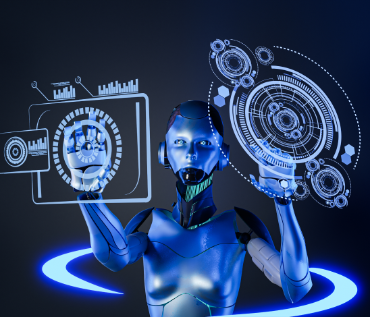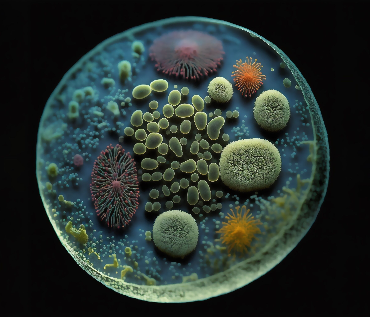Table of content
4. Why is Image Processing required?
5. Which are major Image Processing applications?
6. How is Image Processing used in the Pharmaceutical Industry?
7. Which are the commonly used Image Processing Methods?
Introduction
Over the past several years, image processing deep learning has had a significant influence on several technological disciplines. The capacity of computers to comprehend pictures and movies on their own, or "computer vision," is one of the hottest themes resonating throughout this business. Computer vision is required for the operation of facial recognition, self-driving automobiles, and biometrics. Image processing is the cornerstone of computer vision.
Visual data processing and analysis are now crucial in many industries in our rapidly evolving digital environment. We can extract useful information from pictures, improve their quality, and carry out a variety of tasks including object detection, image restoration, and medical diagnosis courtesy of image processing, a multidisciplinary field at the crossroads of computer science and mathematics. By highlighting its most important ideas and methods, this article seeks to expose you to the basic concepts of image processing.
What is an Image?
Before beginning image processing, it is important to comprehend a digital image. Based on the number of pixels, an image's dimensions (height and breadth) serve as a representation. For instance, if a picture is 500 × 400 (width x height), then 200000 pixels make up the entire image.
This pixel is a location on the picture that assumes a certain hue, level of transparency, or color.
Typically, it appears as one of the following:
- Grayscale Image: In grayscale, a pixel is an integer with a value ranging from 0 to 255, where 0 represents a full black and 255 represents a complete white.
- RGB: Red, green, and blue (RGB) pixels are made up of three integers with values ranging from 0 to 255.
- RGBA: RGBA is an expansion of RGB that includes an additional alpha field that symbolizes the opacity of the image.
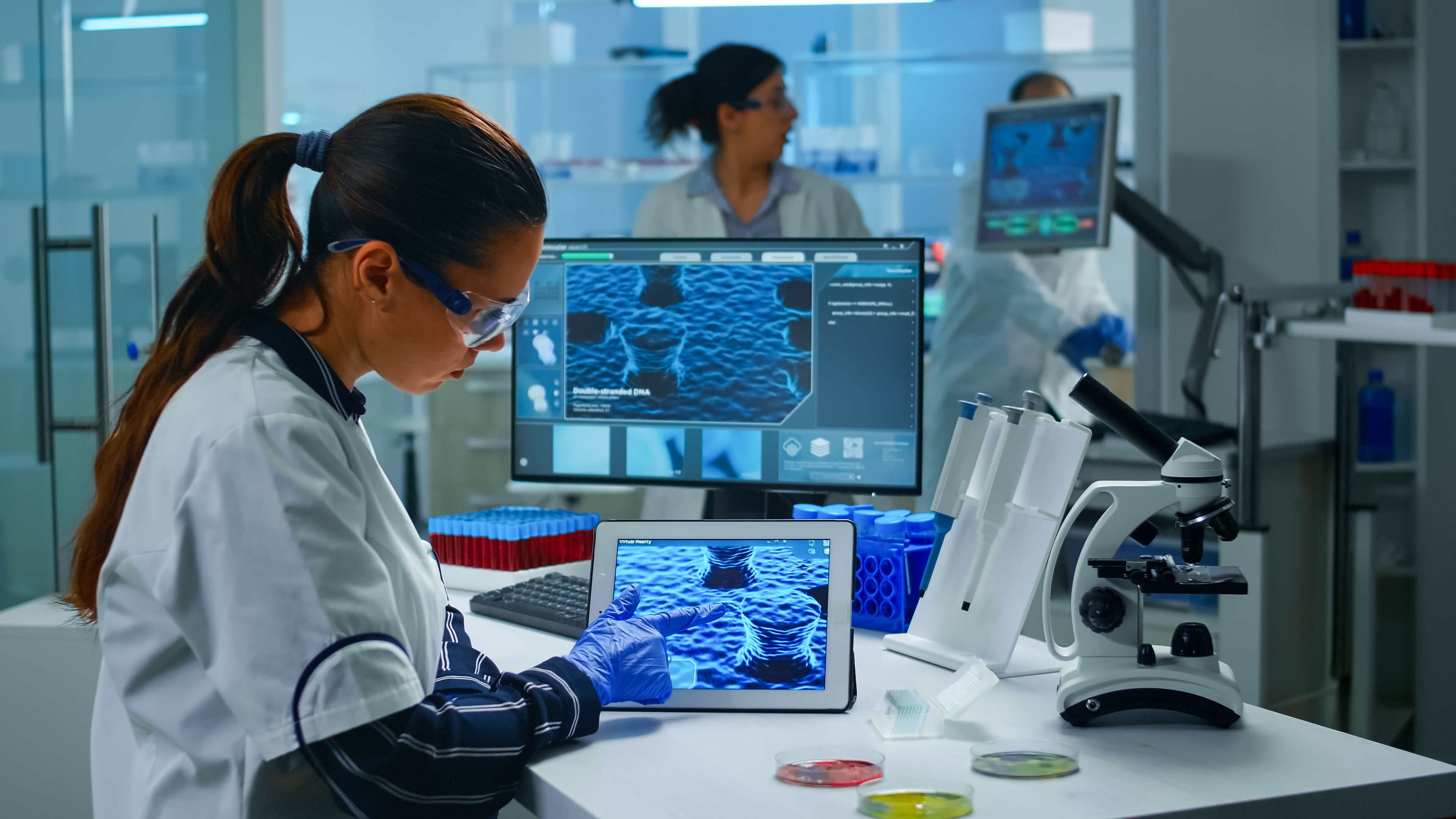
Read Also: Image Filtering Techniques in Image Processing
What is Image Processing?
Image processing involves converting a physical image to a digital format and applying specific operations to it to produce an improved image or extract more valuable data from it. It is a sort of signal time where the output may be an image or attributes related to that image and the input can be an image, such as a video frame or picture. A typical Image Processing system often uses the set techniques while considering pictures as two equal symbols. With its use in several business areas, it is one of the technologies with the quickest growth rates today.
Why is Image Processing Required?
Image processing is frequently seen as inappropriately enhancing the image to attain a certain level of beauty or to reinforce a widely accepted reality. The best way to define image processing is as a method of translating between a human seeing system and digital imaging equipment. Digital cameras, which contain more sound effects and bandwidth than human eyes, do not see the world the same way. Processing the image helps highlight key distinctions between human and digital detectors as well as the precise methods needed to translate data. To replicate and confirm human results, image modification should be approached scientifically. This involves documenting and summarising processing operations as well as treating appropriate control pictures similarly.
Hence, Image processing is broadly defined as any sort of dispute that may be resolved in an image using a digital computer, such as audio editing and picture conflict resolution. The practice of altering an image to produce a better image or to extract some relevant information from it is known as image processing. When an image serves as the engagement and a different image or similar topographies serves as the crop, it is referred to as signal processing. Image processing is now seeing tremendous technological progress. It serves as the primary research field for both engineering and computer science commands.

Listed Below are Fundamental Image Processing Steps:
- Image acquisition:
This is the first phase in the digital image processing process. At this point, the picture is often scaled for various reasons and its colors are converted, for example, from RGB to grayscale or from grayscale to RGB.
- Enhancement of image:
This straightforward stage in digital image processing is used to extract an image's subjective intent so that we may draw attention to certain aspects of the picture, such as its brightness and contrast.
- Image restoration:
By utilizing mathematical or probabilistic image degradation models, it is possible to improve the appearance of a photograph and give it a clear aim.
- Processing of color image:
This is a crucial stage in color image processing since it addresses how color images are used online and enables complete color image processing.
- Wavelets and multi-resolution image processing:
These techniques are used to reduce the size of images so they may be displayed on a variety of platforms.
- Morphological processing of an image:
This feature includes tools for extracting image elements that are then used to represent and describe the forms of the picture.
- Segmentation producers of images:
This challenging producer of digital image processing divides apart picture objects so that we may successfully address each one separately.
- Representation and description of an image:
This typically involves taking the raw data of pixels obtained during the segmentation stage and transforming it into a format that can be processed by a computer easily. This results in the representation of the image element, while the description section includes quantitative data that has been extracted.
- Object detection and recognition of images:
You may think of object detection and recognition as a procedure where an item is given a label made up of its descriptors to aid in its efficient operation.
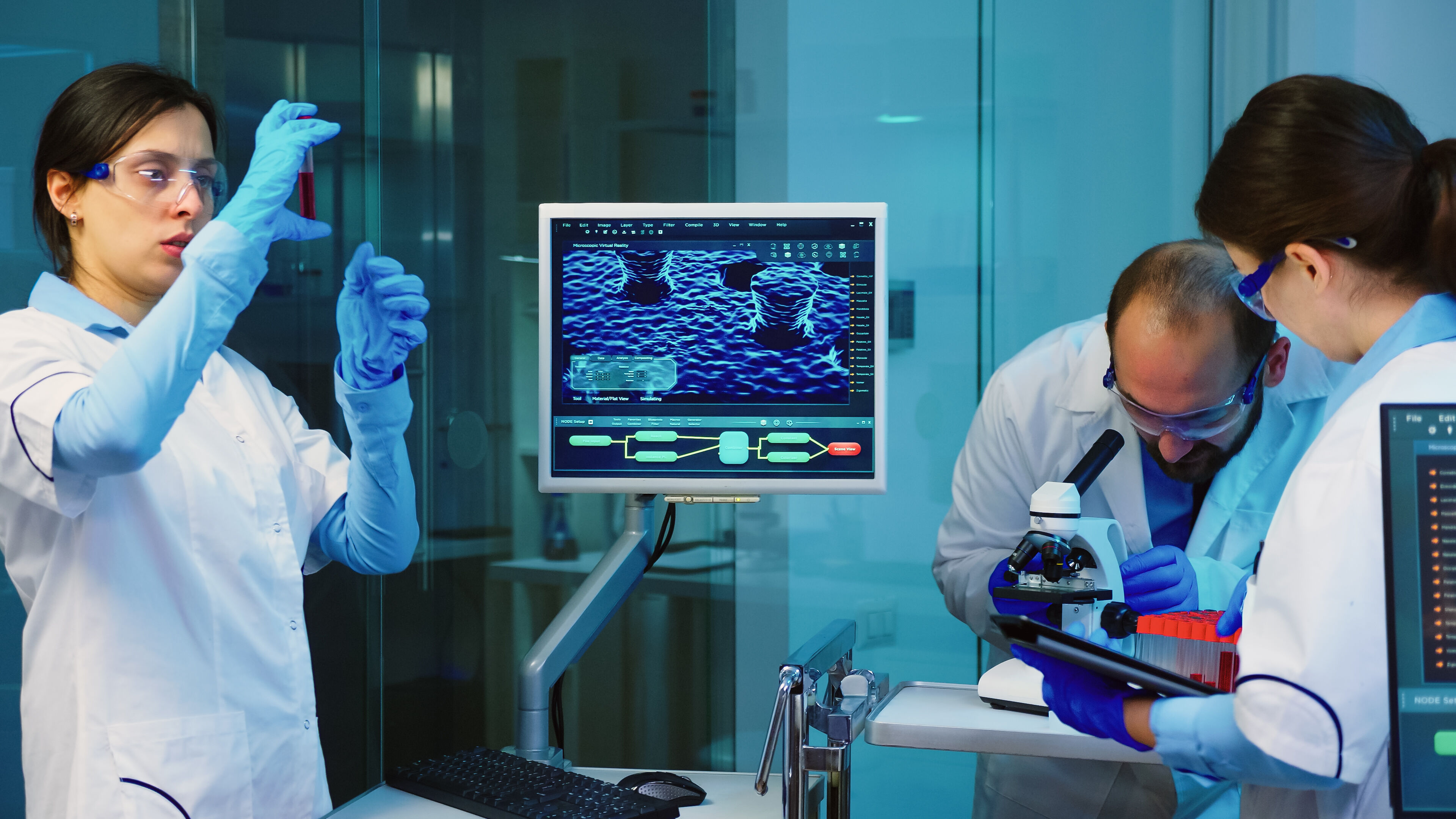
Read Also: Image Analysis - Basics & Applications
Which are the Major Image Processing Applications?
- Retrieval of Medical Images:
Medical research has made substantial use of image processing, which has made treatment programs more precise and effective. For instance, utilizing a powerful nodule identification algorithm in breast scans can be utilized for the early diagnosis of breast cancer. Since medical applications demand highly skilled image processors, these programs must undergo extensive implementation and testing before being approved for use.
- Technologies for Detecting Traffic:
A VIPS, or video image processing system, is used as a traffic sensor. This consists of a system for acquiring images, a telecommunications system, and a system for processing those images. To record video, a VIPS contains several detecting zones that emit an "on" signal whenever a vehicle enters the zone and an "off" signal when it leaves. The traffic in a specific station may be sensed using these detection zones, which can be configured for several lanes.
- Face Recognition:
Face detection is one of the most frequently used image processing techniques today. The computer is initially educated with the distinctive characteristics of human faces, such as the form of the face, the spacing between the eyes, etc., using image processing deep learning techniques. After the system learns these characteristics of a human face, it will begin to recognize any objects in a picture that resemble a human face. Face detection is a crucial technique used in security, biometrics, and even filters accessible on the majority of social networking platforms nowadays.
- Reconstruction of Images:
Image processing can repair and fill in a picture's missing or damaged portions. To produce newer copies of outdated and damaged photographs, image processing algorithms that have been thoroughly trained with existing photo datasets are used.
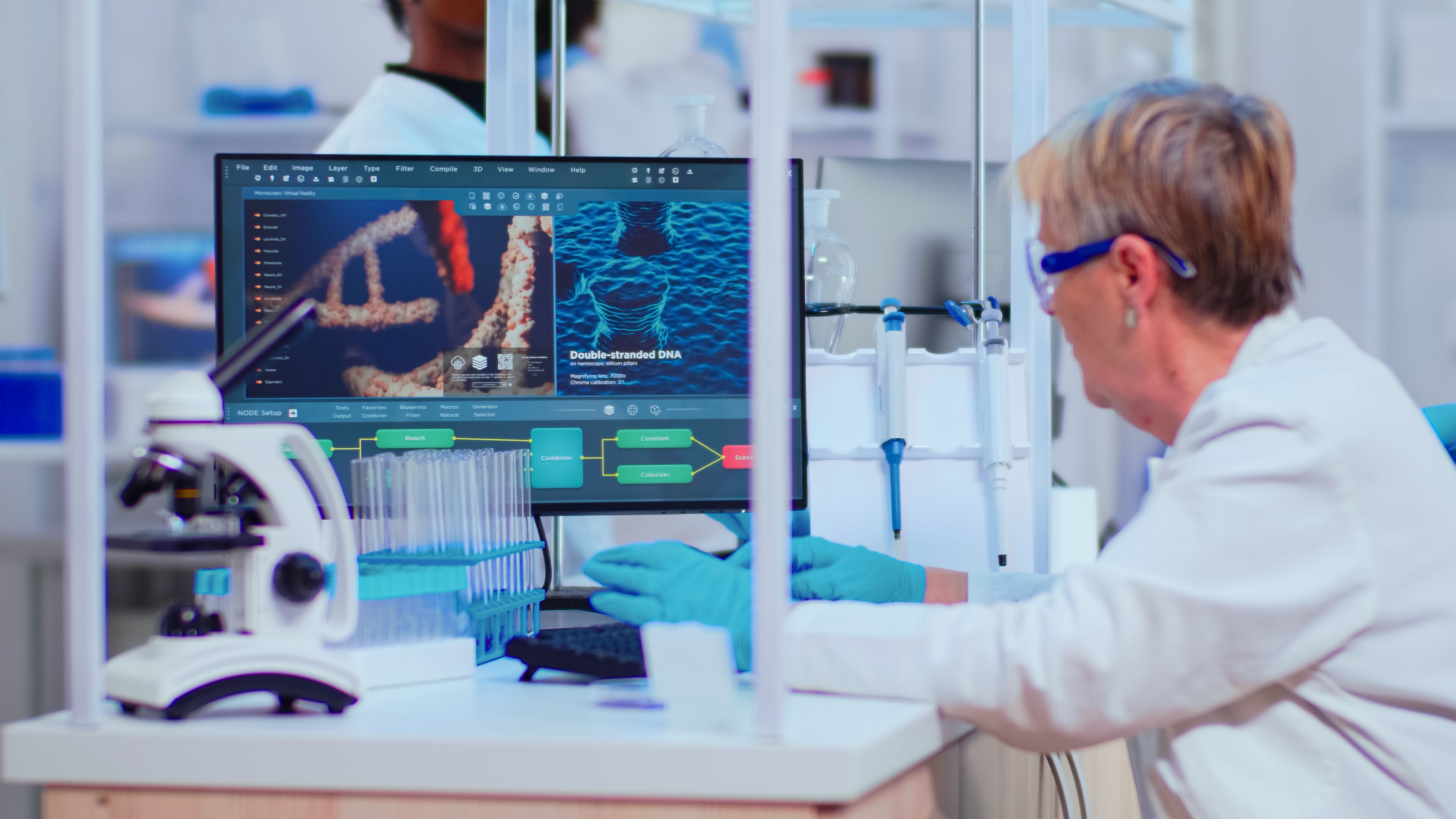
How is Image Processing Used in the Pharmaceutical Industry?
Due to the numerous uses it makes possible, image processing is essential to the pharmaceutical industry's operations for production, development, quality assurance, and research. Here are some applications of image processing in the pharmaceutical sector:
To analyze and understand pictures of cells, tissues, raw materials like API, excipients, and finished products like formulations and organisms, image processing techniques are utilized. This aids in analyzing disease development, finding possible treatment targets, and comprehending the cellular effects of medications. Examining molecular structures can also help with the creation of computer-aided drug design (CADD) tools.
Microscopy and imaging methods are frequently used in pharmaceutical research to see and examine tiny structures, such as cells, pathogens, raw materials like API, excipients, and finished products like formulations and medication formulations. Picture processing methods improve picture quality, reduce noise, and extract pertinent characteristics, allowing for better microscopic data analysis and interpretation. ImageProVision, a leading technology company, has developed ipvMicrobe – a 21 CFR part 11 compliant system providing accurate and quantitative data. The ipvMicrobe is used for bacterial growth for microorganisms.
To ensure product quality, image processing is used in the pharmaceutical manufacturing industry. The quality and integrity of medication formulations, including tablets, capsules, and injectables, may be examined and assessed with its assistance. Algorithms for image processing can identify flaws, contaminants, or differences in size, shape, color, or texture, ensuring that only goods that satisfy the necessary criteria are made available.
Using image processing tools, product labels, and packaging are checked for correctness and integrity. Pharmaceutical items may be properly identified, tracked, and traced using optical character recognition (OCR) algorithms that can scan and validate text, barcodes, and QR codes on packaging. ipvProofCheck a smart proofreading system developed by ImageProVision provides pixel-to-pixel comparison-based identification solutions for cartons, leaflets, and label analysis.
Image processing makes it possible for automated visual inspection systems to find flaws or irregularities in pharmaceutical items, such as contamination, chips, cracks, and scratches. These technologies can work quickly, increasing productivity, eliminating the need for manual inspection, and lowering the possibility of human error.
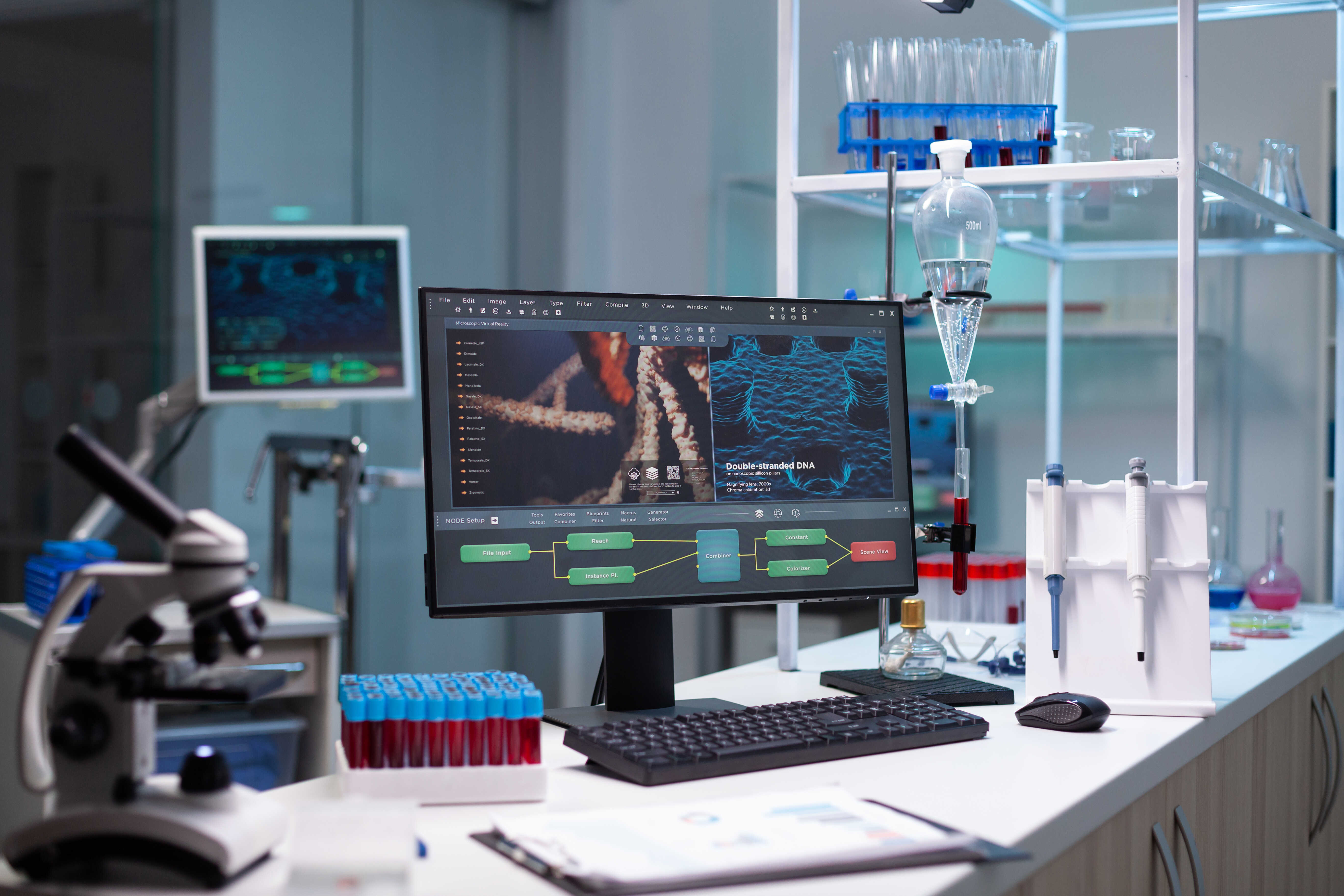
Read Also: Particle Size Analysis - Microscopy Based vs Other Techniques
Which are the Commonly Used Image Processing Methods?
Image processing can be used to enhance a picture's quality, get rid of unwanted items from an image, or even generate whole new images. For instance, a backdrop may be eliminated from a picture of a person using image processing, leaving the subject in the forefront.
Several different algorithms and approaches may be applied to produce various results in the broad and complicated subject of image processing. The most popular image processing jobs and their execution will be the main topics of this section.
- Image Enhancement
Picture enhancement, or raising the quality of a picture, is one of the most frequent jobs involved in image processing. It is essential for surveillance, remote sensing, and computer vision jobs. Changing the image's contrast and brightness is a typical strategy.
In a picture, contrast is the difference in brightness between the brightest and darkest portions. It is possible to improve visibility by boosting an image's overall brightness by adjusting the contrast. Overall lightness or darkness of a picture is referred to as brightness. It is possible to make a picture brighter and easier to view by raising the brightness. In most picture editing programs, contrast and brightness may be changed manually or automatically.
However, modifying an image's brightness and contrast are simple actions. When upscaled, a picture with ideal contrast and brightness might occasionally appear fuzzy because of the reduced pixel density (number of pixels per square inch). A relatively recent and far more sophisticated idea called "Image Super-Resolution" is utilized to overcome this problem, in which a high-resolution image is created from one or more low-resolution copies. To do this, deep learning techniques are frequently employed.
- Restoration of Images
Images' quality may deteriorate for several reasons, especially if they date from a time before cloud storage was widely used. As an illustration, photos scanned from hard copies made with vintage instant cameras frequently develop scratches.
Modern techniques in this discipline may be able to restore damaged historical documents, which makes image restoration particularly fascinating. Strong Deep Learning-based picture restoration algorithms may be used to recover significant amounts of lost information from shredded documents.
For instance, picture inpainting, which is the process of filling in the missing pixels in an image, fits under this category. A texture synthesis method that creates new textures to fill in the missing pixels can be used to do this. However, deep Learning-based models are the default option because of them
- Image Segmentation
The division of a picture into several segments or areas is known as image segmentation. Image segmentation is frequently employed as a pre-processing step before object recognition since each segment represents a separate object in the image.
- Object Detection
Object detection is the process of locating things inside an image and is frequently utilized in security and surveillance applications. Although many alternative methods may be used for object detection, Convolutional Neural Networks (CNNs), a type of deep learning model, are the most often used method.
- Compression of Images
Image compression is the process of shrinking an image's file size while attempting to maintain the image's quality. This is done to conserve storage space, especially when using mobile and edge devices to conduct image processing algorithms or to lower the bandwidth needed to send the picture.
Conventional methods employ lossy compression algorithms, which operate by slightly lowering the image quality to reduce the file size. For instance, the Discrete Cosine Transform is used in the JPEG file format to compress images.
Modern methods of image compression employ deep learning to encode pictures into a smaller feature space, which is subsequently recovered by a decoding network on the receiving end.
- Image Creation
Another crucial activity in image processing is the creation of brand-new pictures, particularly for Deep Learning algorithms that need a lot of labeled data to learn. Generative Adversarial Networks (GANs), another distinct neural network design, are frequently used in image-generating techniques.
GANs are made up of two independent models: the discriminator and the generator, which attempt to differentiate fake pictures from real ones.
- Image-to-Image Translation
The image-to-image translation is a class of vision and graphics issues where the objective is to learn the mapping between an input picture and an output image using a training set of aligned image pairs. For instance, a free-hand drawing may be used as an input and a realistic image of the thing it depicts can be used as an output.
Pix2pix is a well-known model in this field that does general-purpose image-to-image translation using a conditional GAN model.
Conclusion
Visual data is now readily accessible because of the information technology age in which we live. However, they need to be processed extensively before they can be sent over the internet or used for things like information extraction, predictive modeling, etc.
CNN models, which were created expressly for processing pictures, were made possible by the development of deep learning technology. Since then, several sophisticated models have been created that are tailored to certain functions in the field of image processing. To address difficulties in image processing, researchers are working on popular Deep Learning-based solutions as well as some of the most significant image processing techniques, covering everything from image production to image augmentation.
For difficult tasks like object identification, semantic segmentation, etc., recent research is focused on lowering the requirement for ground truth labels.


